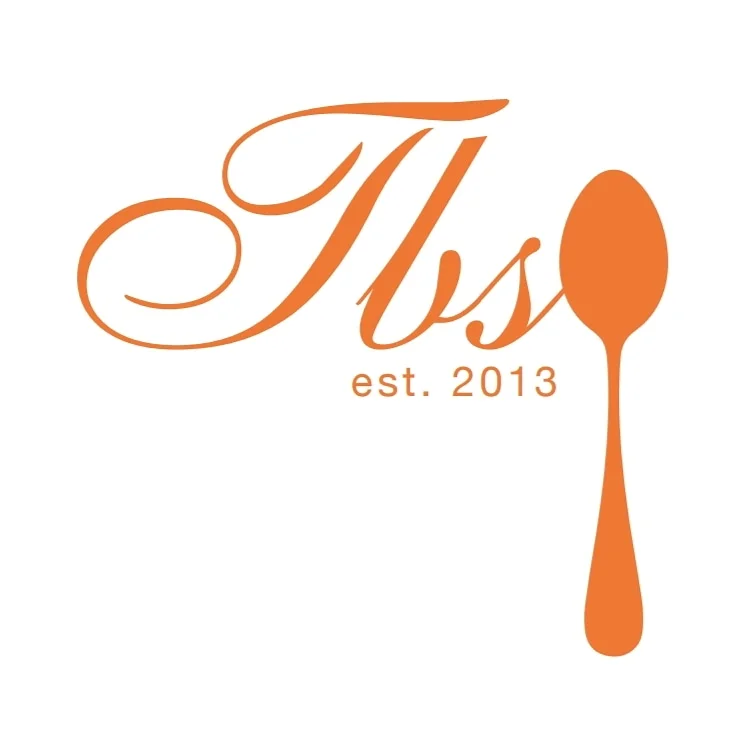1. What’s the difference between Enameled Cast Iron and Stoneware?
Enameled cast-iron cookware consists of a cast-iron core surrounded by porcelain enamel. This combination produces a durable piece of cookware that can be used on the stove or in the oven. The colors are often vivid and the surface can be cleaned easily. Enameled cast-iron cookware heats evenly, conducts heat well, and can be cleaned in the dishwasher.
Stoneware, on the other hand, is made of clay fired at very high temperatures. While earthenware is commonly used for dishes, canisters and other items, stoneware is made to be heat-tolerant. Stoneware is a stronger and harder clay. When unglazed, stoneware will be a buff or terra cotta hue with a rough texture. It is oven-safe, but cannot be used on the stove top.
Function
Both stoneware and enameled cast-iron cookware work well in the oven, providing even heating when baking treats and casseroles. Either can also be used to serve at the table, providing a colorful presentation for a family meal. Stoneware is more tolerant of high oven temperatures. You should use enameled cast iron at temperatures less than 475°F and keep heat on the stove to low or medium.
Variety
You may want to include both types of cookware in your kitchen. Consider stoneware for classic baking pans in a 9x9” or 9x11” size. Stoneware pans are also a suitable choice for pies. Dutch ovens and skillets work best in enameled cast iron, allowing you to start a stew, cassoulet or frittata on the stove, then finish it in the oven.
Benefits
Cast iron cookware is popular because it is heavy duty, maintains even heat and develops non-stick properties with use. Its downsides include the potential to rust as well as reactivity with certain types of food. Adding enamel coating to cast iron preserves the beneficial properties of cast iron with the addition of color, while avoiding the rust and reactivity issues.
Enamel Characteristics
Between 2 and 4 coats of enamel are applied to the cookware. The first coat is colorless ground porcelain enamel that is fired in a kiln at 840°C. The colored enamel coats are then applied, air dried and vitrified (altering atomic structure with heat). It is more common to find pans with 2 coats of enamel, but some major retailers carry models with 4 layers. -– ehow.com/about-stoneware-vs-enameled-castiron-cookware
3. How do I use enameled cast iron pots?
7. How do you accept payments?
10. Do you deliver or ship orders anywhere in the Philippines, and is there a fee for it?
12. You have a great collection. Where do you get your products?
13. It’s my first-time using the product I ordered, how do I care for it?
15. Can we order in bulk quantities?
16. Do you also have food products?
17. Is tbsp only an online store? Do you have a physical store location?
18. Are the products of high-quality?
19. Are the products built to last?
20. What if the product has damage?
BACK TO TOP
